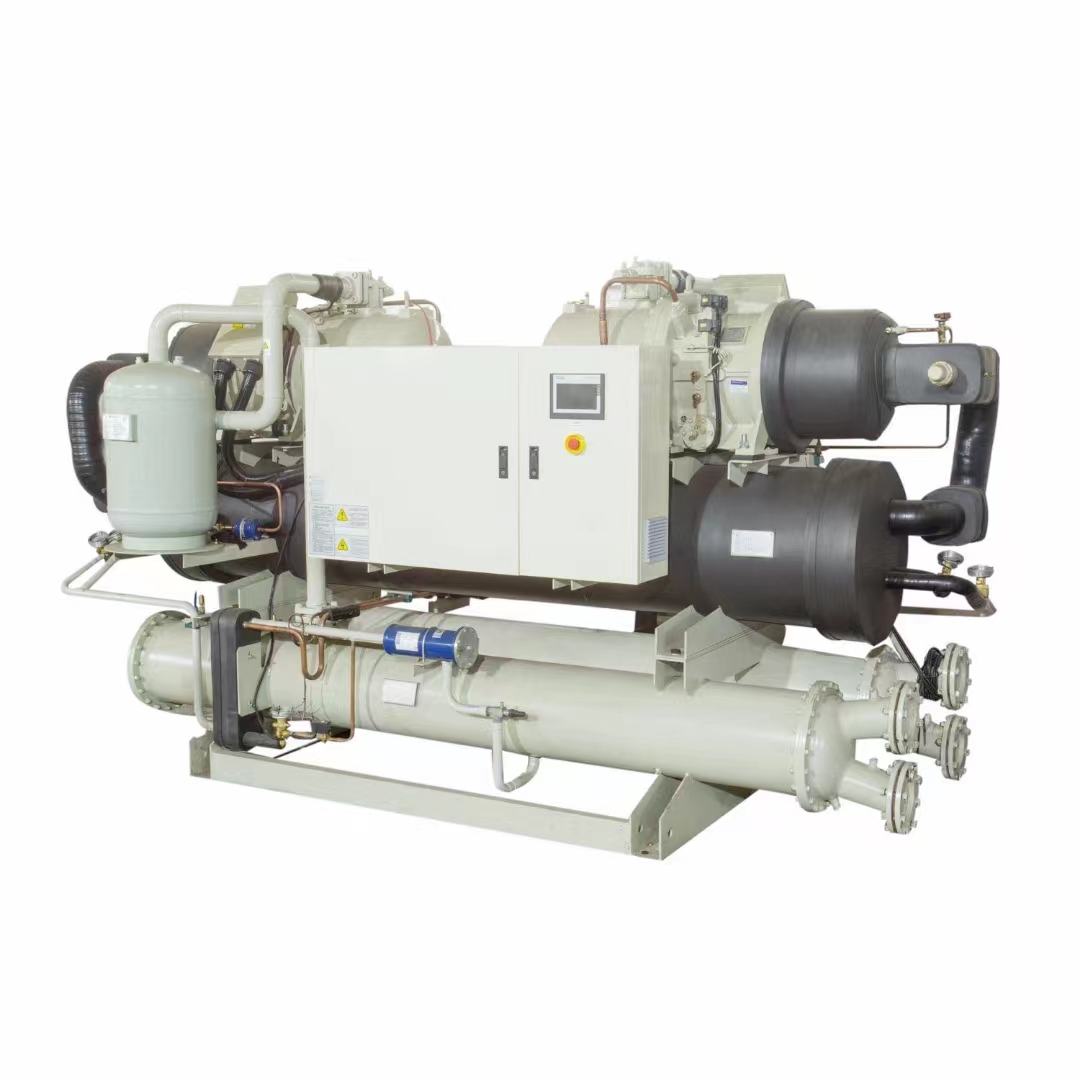Design and Optimization of Cold Storage Rooms for Fresh Produce in China
The Importance of Cold Storage Rooms in China
In recent years, the rapid growth of China's economy has brought about significant changes in various industries, particularly in food processing and distribution. One of the critical components that have emerged to support this growth is the cold storage room, an essential part of the supply chain for perishable goods. Cold storage rooms, also known as cold stores or refrigerated warehouses, play a vital role in preserving the quality and safety of food products before they reach consumers.
The Role of Cold Storage Rooms in Food Safety
Food safety is a paramount concern for both consumers and producers. Cold storage rooms help maintain the integrity of various foods by controlling temperature and humidity levels, which are crucial in preventing spoilage and contamination. For example, meat, dairy products, and certain fruits and vegetables require specific temperature ranges to remain fresh. A properly managed cold storage room can extend the shelf life of these products, reducing food waste and ensuring that consumers have access to high-quality products.
In China, where food safety scandals have periodically emerged, the presence of reliable cold storage facilities is even more crucial. These facilities allow for stringent temperature control, which can significantly reduce the risk of pathogenic bacteria, such as Salmonella and E. coli, multiplying in food products. Government regulations have increasingly emphasized the importance of cold storage infrastructure in maintaining food safety, leading to investments in this area by both public and private stakeholders.
The Cold Chain Logistics System
The cold chain logistics system is an integrated network that involves temperature-controlled transportation, storage, and distribution. In China, this system has become increasingly sophisticated due to urbanization, changing consumer habits, and the rise of e-commerce. Online grocery shopping has soared in popularity, necessitating the need for efficient cold storage solutions to ensure that products reach consumers in optimal condition.
Cold storage rooms play a vital role in this cold chain logistics system. They serve as pivotal points where goods are stored before being distributed to retailers or directly to consumers. Modern cold storage facilities often utilize advanced technology, such as IoT sensors and automation systems, to monitor and manage the conditions inside the rooms. This technology allows operators to track temperature and humidity levels in real-time, ensuring compliance with health regulations and maintaining product quality.
china cold storage room

Economic Impact and Growth Potential
The demand for cold storage facilities continues to rise in China, driven by multiple factors. The country's growing middle class, urbanization, and an increasing demand for diverse food options have all contributed to this trend. The cold storage logistics market is projected to see considerable growth, with investments pouring in from both domestic and international players.
Moreover, the Chinese government has recognized the importance of modernizing its cold storage infrastructure as part of broader economic reforms. Efforts to enhance the cold chain, including building new cold storage facilities and improving existing ones, are underway. These initiatives not only support food safety but also create job opportunities and stimulate economic growth.
Challenges and Future Directions
Despite the promising outlook, several challenges remain in the development of cold storage rooms in China. The high initial investment costs and energy consumption associated with maintaining refrigeration systems can be significant hurdles, particularly for small and medium-sized enterprises. Additionally, there is a need for skilled personnel who can effectively manage these facilities and understand the complexities of cold chain logistics.
In response to these challenges, innovative solutions are being explored. For example, the adoption of energy-efficient refrigeration systems and renewable energy sources can reduce operational costs and environmental impact. Furthermore, the development of training programs for workers in the cold storage sector can help ensure a skilled workforce capable of meeting the demands of this evolving industry.
Conclusion
Cold storage rooms are becoming increasingly vital in China’s food supply chain, playing a crucial role in ensuring food safety, supporting the cold chain logistics system, and contributing to economic growth. As challenges persist, continued investment in technology, infrastructure, and human resources will be essential. Looking ahead, the evolution of cold storage facilities in China holds great potential for enhancing food quality and safety while meeting the demands of an ever-growing consumer base.
















































































































